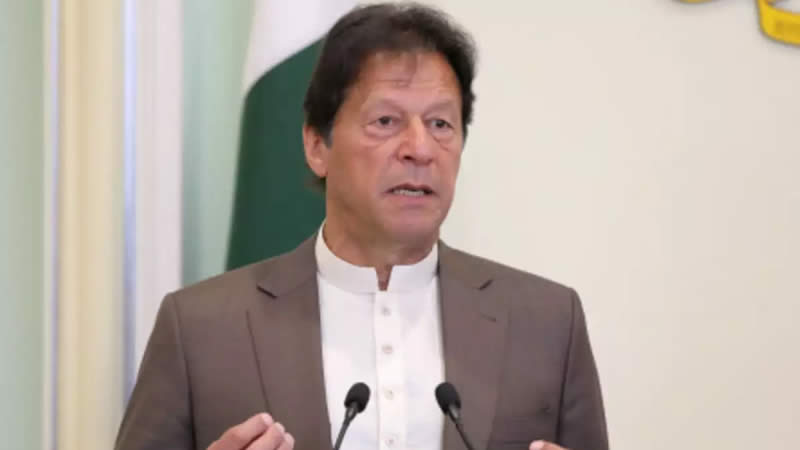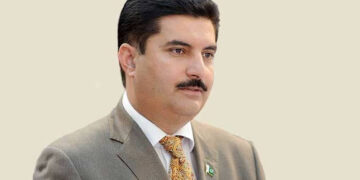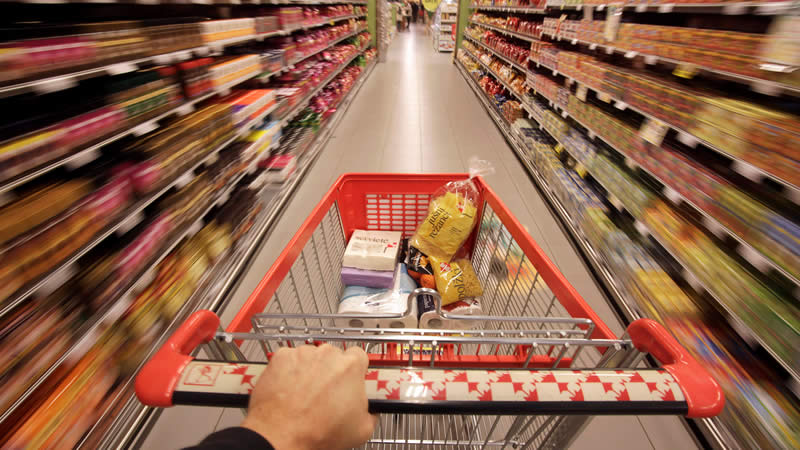 After QE2, QT2? Quantitative tightening or measures by emerging market countries to counter the sometimes pernicious effects of capital inflows — began even before it became clear that the Federal Reserve was preparing another massive bout of quantitative easing.Now with the prospect of yet more money sloshing around the global financial system in search of higher returns, a string of governments in Asia and Latin America are expected to consider introducing capital controls to stem the side-effects of inflows.Emerging markets are affected in several ways by the so-called carry trade, in which money moves from low- to high-interest environments. Such inflows put upward pressure on exchange rates, making exports less competitive, and threaten the possibility of a 1997-style balance-of-payments crisis if flows suddenly reverse. Inflows also exacerbate inflation, particularly if central banks are leery of raising interest rates for fear of attracting yet more “hot money”.According to a research note published by HSBC on Tuesday, one of the unintended consequences of loose monetary policy in the US and Europe is the likely proliferation of capital controls across the developing world. Emerging markets are struggling with what it calls the “impossible trinity”, an inability to allow free flows of capital while simultaneously maintaining a grip over interest rates and exchange rates. “The more the west pursues quantitative easing, the more the emerging world, via capital controls, will pursue quantitative tightening,” it said.In Asia, following Brazil’s reintroduction of taxes on capital inflows, Thailand was the first out of the blocks. Last month, it imposed a 15 per cent withholding tax on capital gains and interest payments for government and state-owned company bonds as a way of discouraging inflows. On the other side of the ledger, it has removed limits on overseas investment and eased restrictions on lending to foreign borrowers in an effort to encourage outflows by domestic investors.
After QE2, QT2? Quantitative tightening or measures by emerging market countries to counter the sometimes pernicious effects of capital inflows — began even before it became clear that the Federal Reserve was preparing another massive bout of quantitative easing.Now with the prospect of yet more money sloshing around the global financial system in search of higher returns, a string of governments in Asia and Latin America are expected to consider introducing capital controls to stem the side-effects of inflows.Emerging markets are affected in several ways by the so-called carry trade, in which money moves from low- to high-interest environments. Such inflows put upward pressure on exchange rates, making exports less competitive, and threaten the possibility of a 1997-style balance-of-payments crisis if flows suddenly reverse. Inflows also exacerbate inflation, particularly if central banks are leery of raising interest rates for fear of attracting yet more “hot money”.According to a research note published by HSBC on Tuesday, one of the unintended consequences of loose monetary policy in the US and Europe is the likely proliferation of capital controls across the developing world. Emerging markets are struggling with what it calls the “impossible trinity”, an inability to allow free flows of capital while simultaneously maintaining a grip over interest rates and exchange rates. “The more the west pursues quantitative easing, the more the emerging world, via capital controls, will pursue quantitative tightening,” it said.In Asia, following Brazil’s reintroduction of taxes on capital inflows, Thailand was the first out of the blocks. Last month, it imposed a 15 per cent withholding tax on capital gains and interest payments for government and state-owned company bonds as a way of discouraging inflows. On the other side of the ledger, it has removed limits on overseas investment and eased restrictions on lending to foreign borrowers in an effort to encourage outflows by domestic investors.
Indonesia and South Korea are both considering measures. Budi Mulya, deputy governor of Indonesia’s central bank, told the Financial Times that the bank was considering extending controls to reduce the potentially harmful effect of sudden movements in hot money. Last week, Kim Choong-soo, governor of South Korea’s central bank, raised the prospect of introducing measures, including the reintroduction of a withholding tax on bonds, to reduce surges in capital, saying: “Regulation of capital flows can be an effective policy tool.”Richard Yetsenga, currency strategist at HSBC and one of the authors of the report, said QE2 could exacerbate a problem that had its origins in a reassessment of risk after the collapse of Lehman. “Quantitative easing is the whipping boy, but it is not clear how much it is to blame for the reallocation of savings,” he said.
Indonesia, for example, had seen very strong capital inflows long before quantitative easing was dreamt of outside Japan. In 2005, foreign holdings of local currency-denominated government bonds were below 5 per cent, he said. By the time Lehman collapsed, this had already risen to 20 per cent, only to jump again, to nearly 30 per cent, in the subsequent two years.Whatever the causes of upward pressure on exchange rates and inflation in emerging markets, Mr Yetsenga said, capital controls had “definitely become less taboo” as a countermeasure. Even the International Monetary Fund had dropped its strong objections, he said.In an interview with the Financial Times last week, Lee Myung-bak, president of South Korea, said policies aimed at stemming excessive capital flows should be considered within the framework of international co-operation. Each country had to “take into account their own domestic needs”, he said, rejecting the suggestion that unilateral action could be regarded as undermining collective action to rebalance the global economy and avoid a currency war.The Korean government likes to draw a distinction between capital controls, aimed directly at mitigating pressure on the exchange rate, and what it calls macro-prudential policies whose purpose is to prevent volatile capital movements. But Korean policy experts conceded that the huge flows generated by quantitative easing made it harder and harder to differentiate between the two – Cnn










